Major John M. Chivington, Colorado’s “fighting parson,” played a large role in the Union victory at Glorieta Pass, New Mexico, in 1862. Considerably less praiseworthy, however, was his part in the infamous Sand Creek Massacre two years later. Indeed, the events at Sand Creek ended Chivington’s military career and wrecked his once-promising political prospects. There were some limits to wanton brutality, even in the wild and wooly West.
Chivington, a Methodist minister who had left his pulpit at the beginning of the Civil War and literally strapped on the sword of judgment, was a protégé of Colorado territorial governor John Evans, himself a close friend of President Abraham Lincoln. Evans, who envisioned himself a future United States senator, wanted to ensure white control of the territory as a precursor to its admission into the Union. Chivington, with aspirations of following Evans into the House of Representatives, fully intended to make Evans’ dreams come true.
Following the unprovoked slaying of Cheyenne chief Lean Bear and 28 of his followers by Chivington’s men in the spring of 1864, open warfare broke out between whites and Indians in Colorado. Evans raised a new regiment of 100-day volunteers to quell the uprising and put Chivington in command. He gave the preacher a simple if chilling order: “Kill all the Indians you come across.”
Leaving Denver at the head of his “Hundred Dazers,” Chivington tracked Chief Black Kettle and his band of Cheyenne to Sand Creek, 35 miles northeast of Fort Lyon. They had been told to surrender by the fort’s commander, Major Edward Wynkoop, and believed that they had done so by camping peaceably within his jurisdiction. Unfortunately for Black Kettle, the comparatively liberal Wynkoop was removed from command and replaced by a hardcore follower of Chivington, Major Scott Anthony.
While assuring Black Kettle of his good intentions, Anthony secretly called on Chivington for reinforcements. “There is a band of Indians within 40 miles of the post,” he said, which was technically true but implicitly provocative. Not that Chivington needed any provocation—the Colorado press had been unmercifully ridiculing his new regiment as “the Bloodless Third” for its inactivity. When officers at For Lyon urged Chivington not to attack Black Kettle’s camp, the parson exploded: “Damn any man who sympathizes with Indians! I have come to kill Indians, and believe it is right and honorable to use any means under God’s heaven to kill Indians.”
At daybreak on November 29, Chivington’s force fell on Black Kettle’s sleeping camp, slaughtering the Indians’ pony herd first to prevent anyone from escaping. Urging his people to keep calm, Black Kettle had the group huddle beneath a giant American flag that he had been given as a token of friendship by the Commissioner of Indian Affairs. He ran up a white flag to underscore his peaceable intentions.
In the end, neither flag did any good. Chivington’s men rode through the camp, firing side arms and swinging sabers at anyone who moved. The Indians, most of whom were old men, women and children (the younger men were off hunting buffalo), didn’t have a chance. When the attack was over, 133 Indians lay dead on the banks of Sand Creek. Nine attackers had been killed, most by crossfire bullets from their own comrades. Black Kettle himself miraculously escaped, only to die four years later at the hands of Lt. Col. George Armstrong Custer’s 7th Cavalry at Washita Creek in western Oklahoma.
By then, Chivington’s own political career was equally dead—a victim of widespread public revulsion at the Sand Creek massacre and the horrific mutilations of Indian corpses afterwards. A subsequent report characterized Chivington’s attack as “a gross and wanton outrage.” It was that.
Roy Morris Jr.
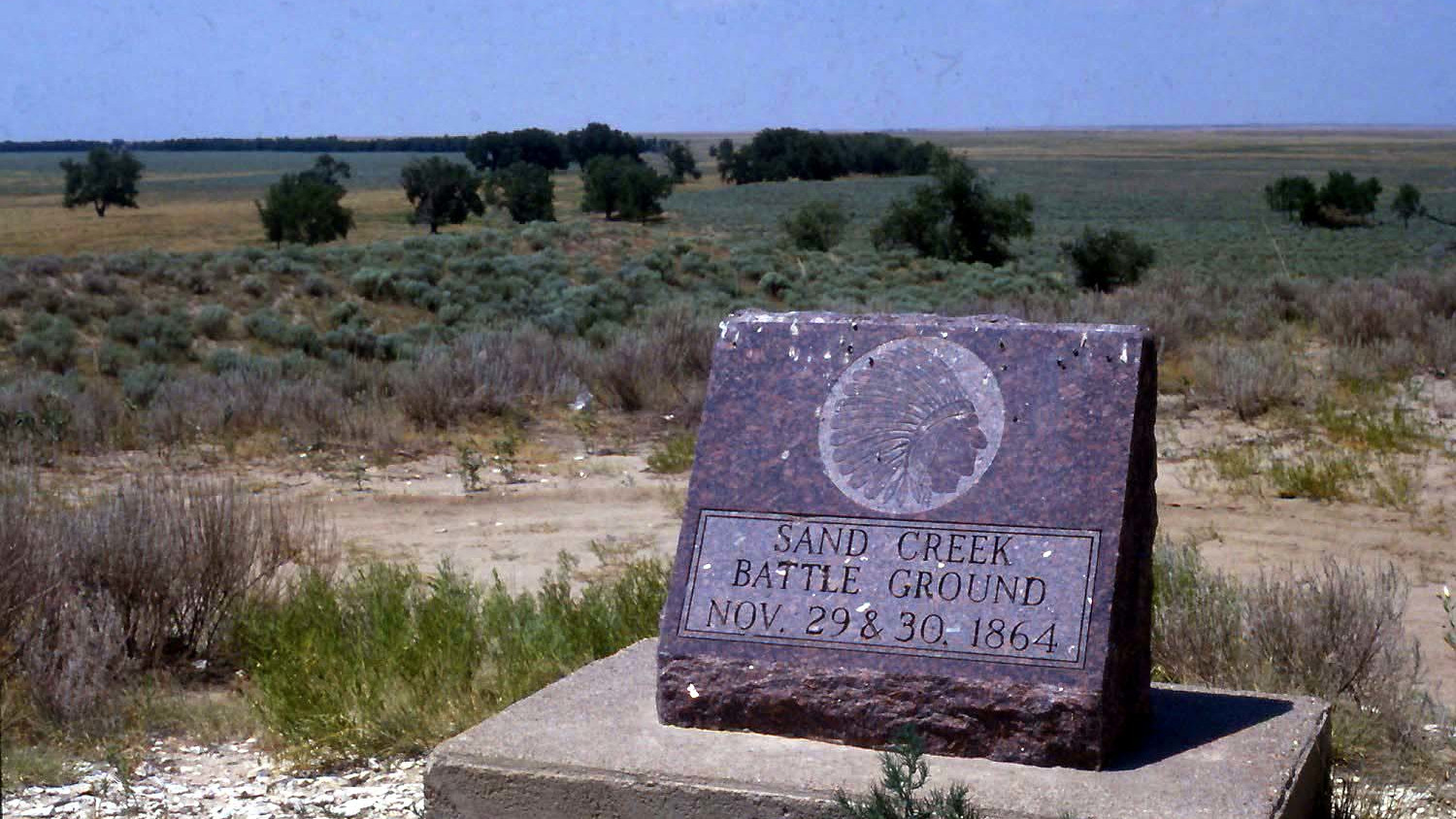
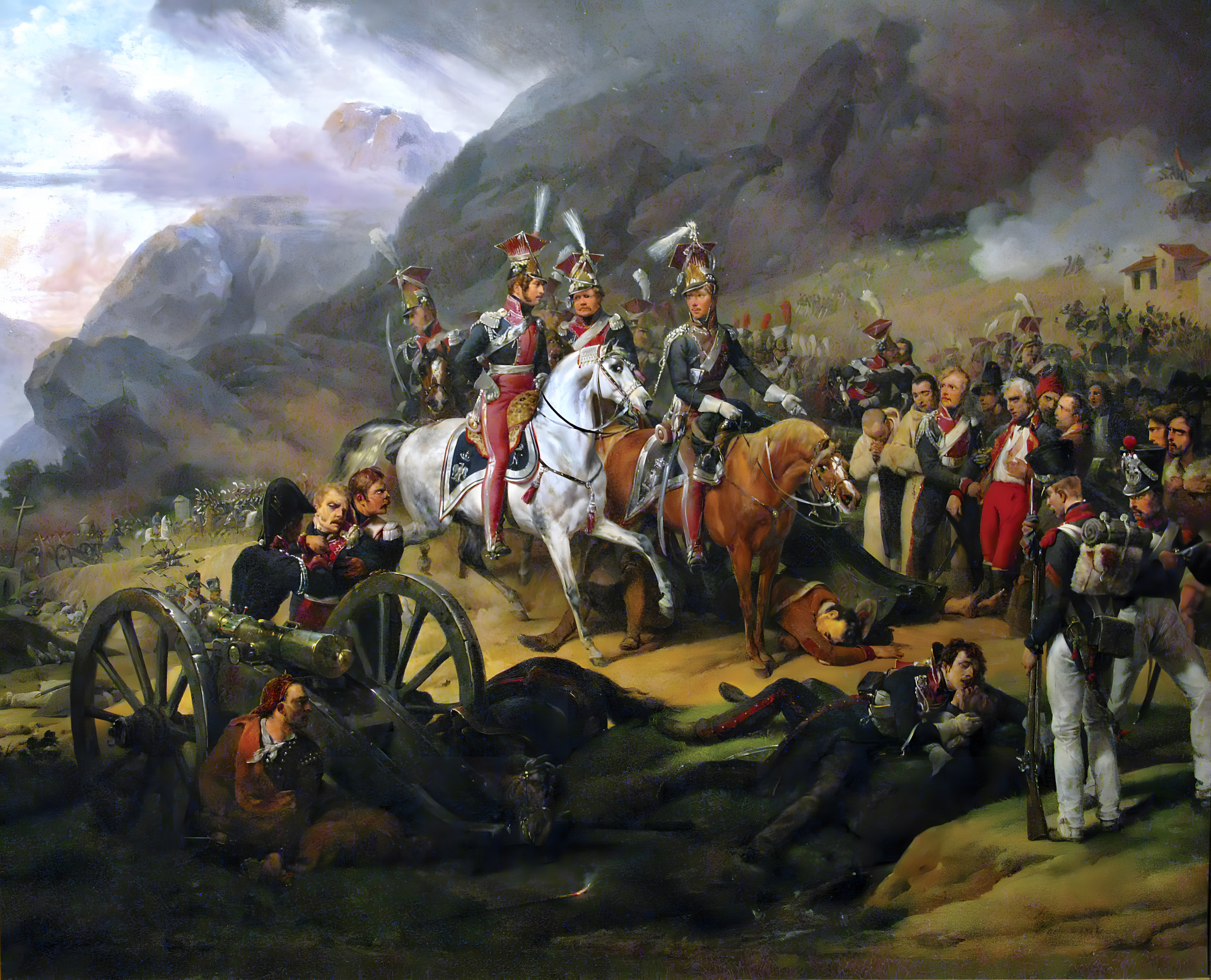

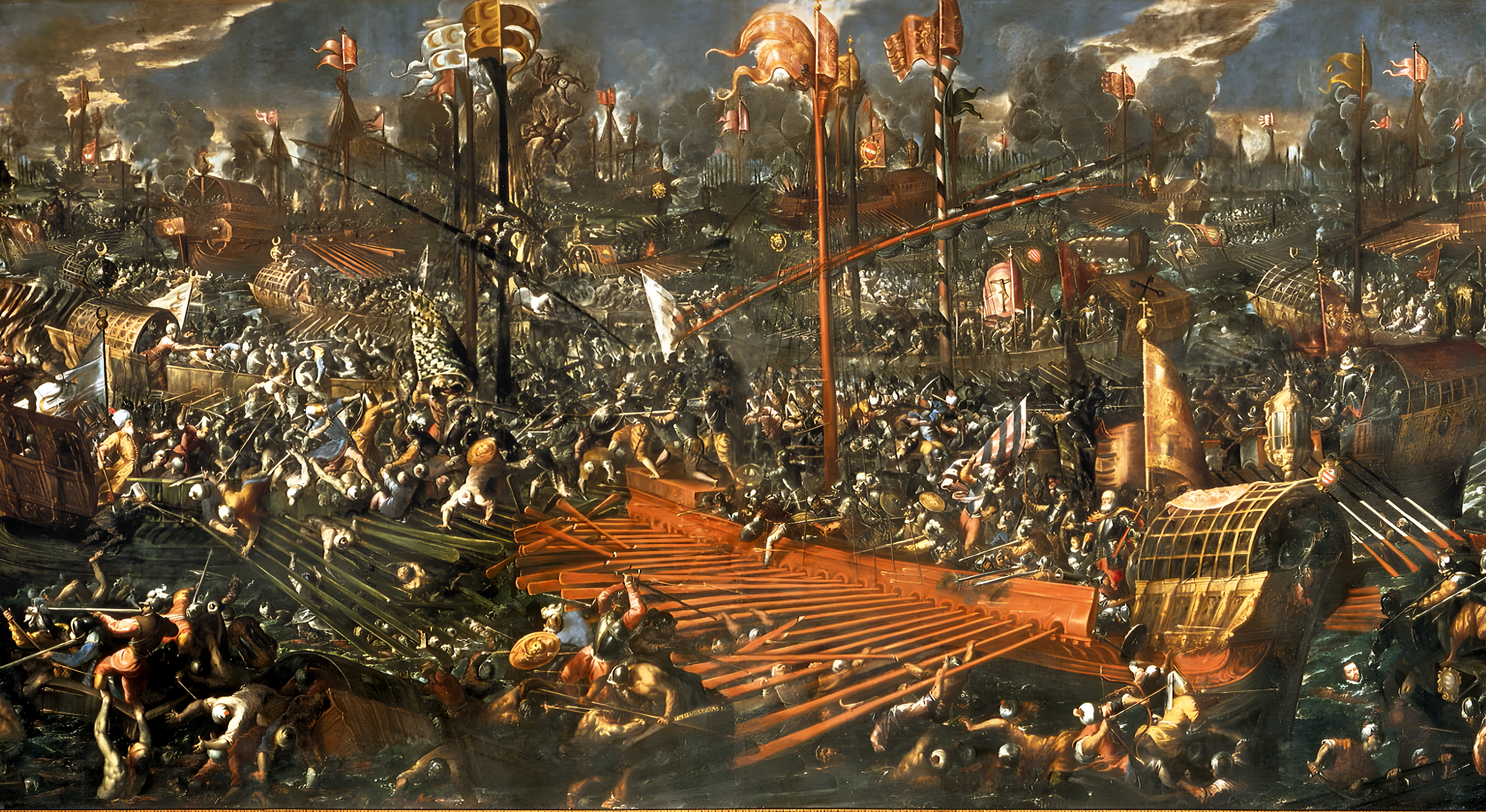
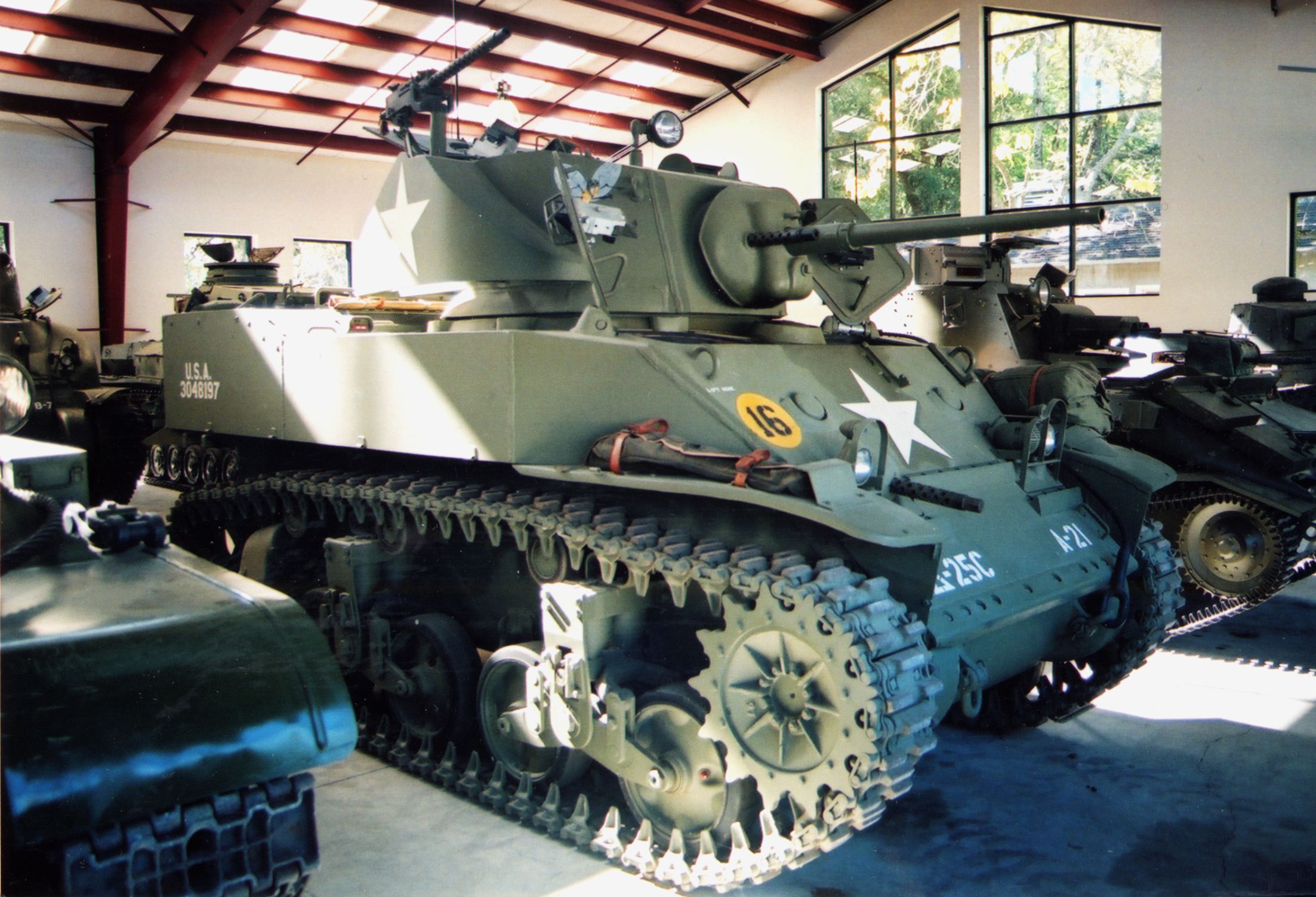
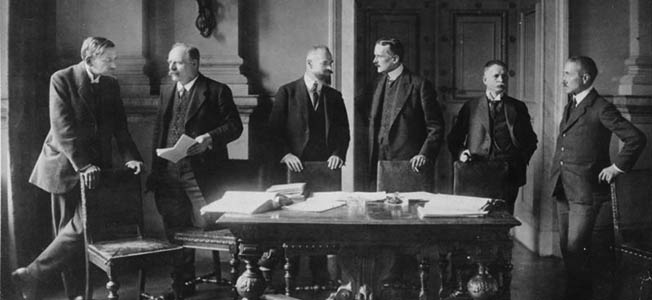
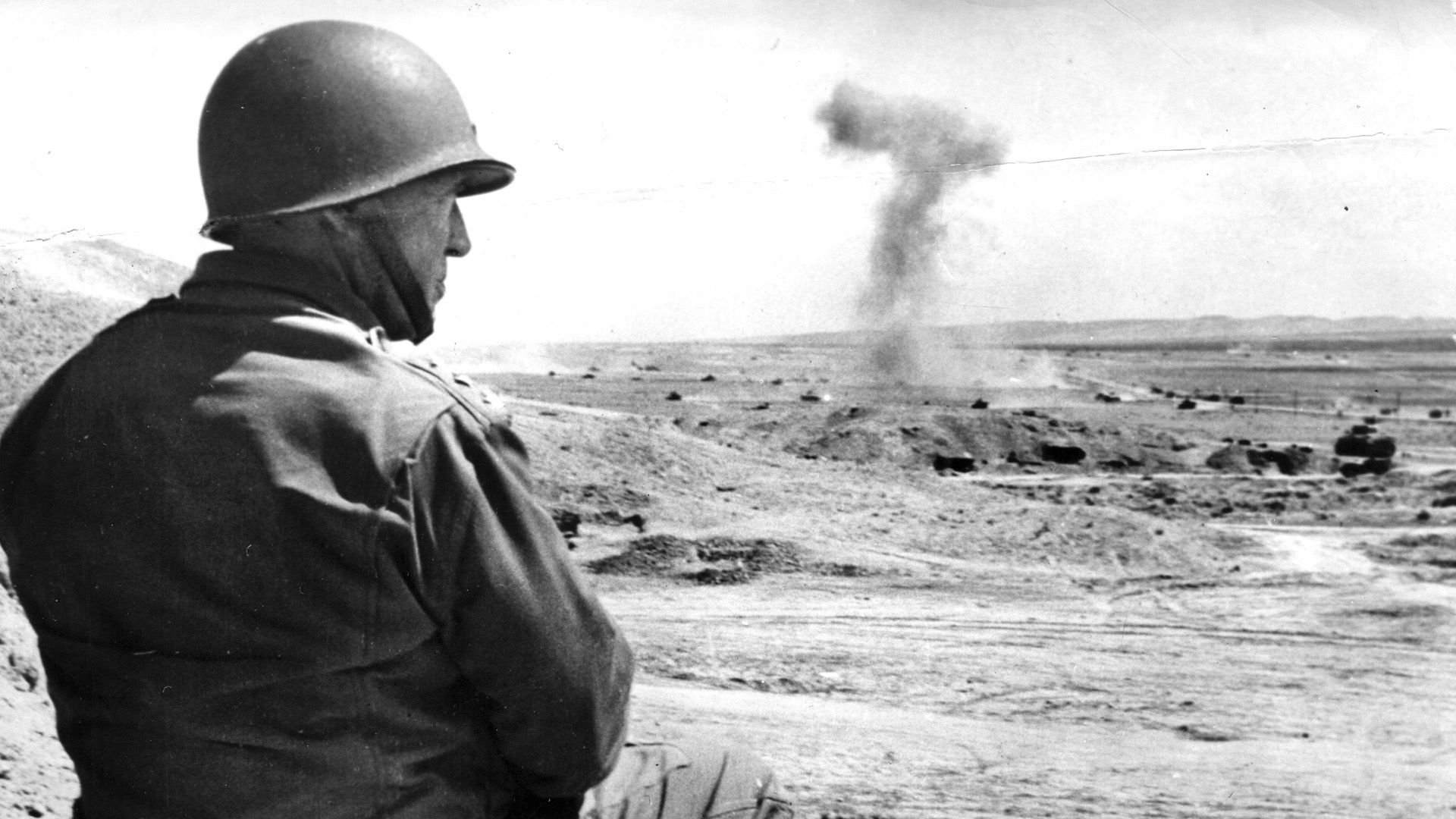
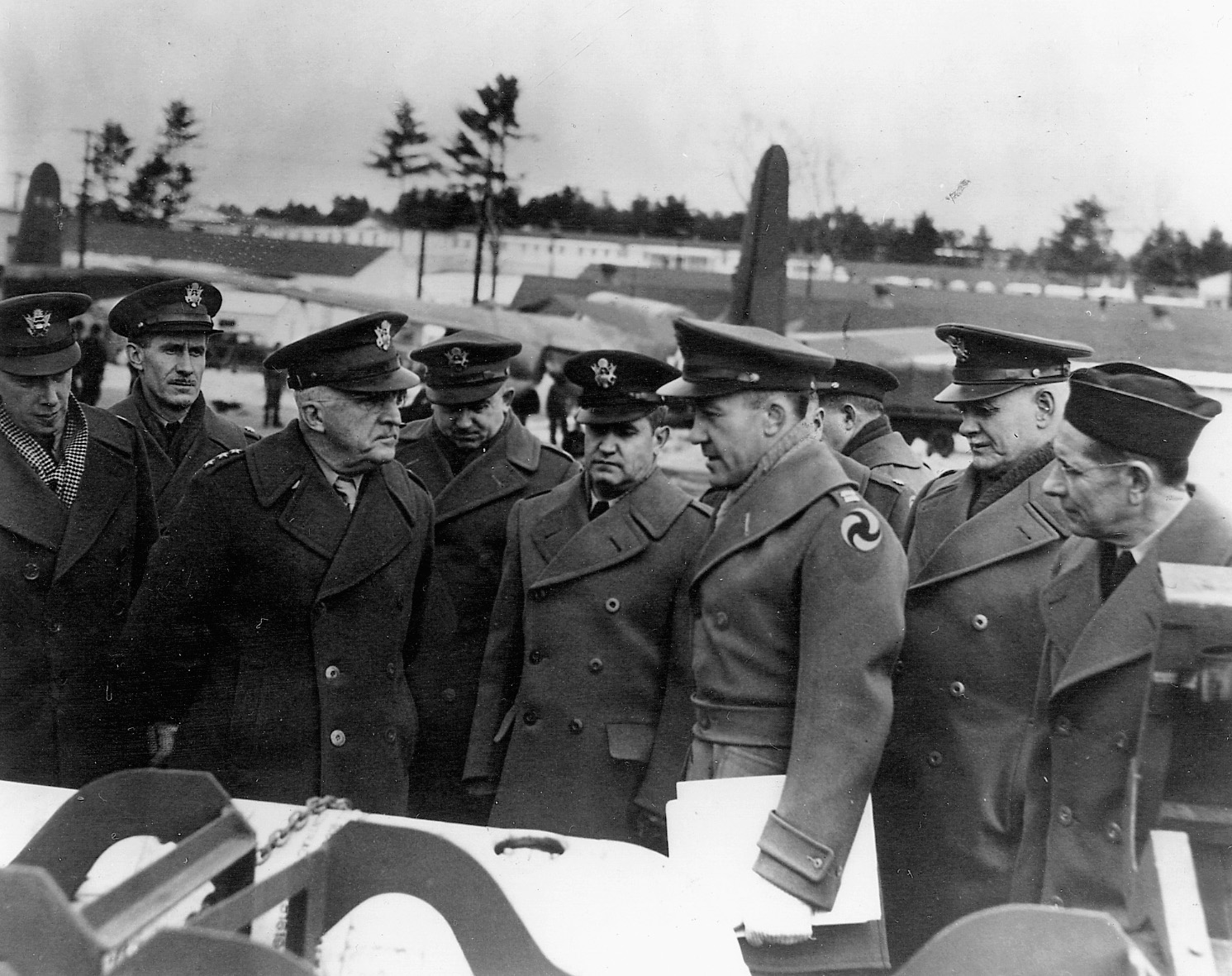
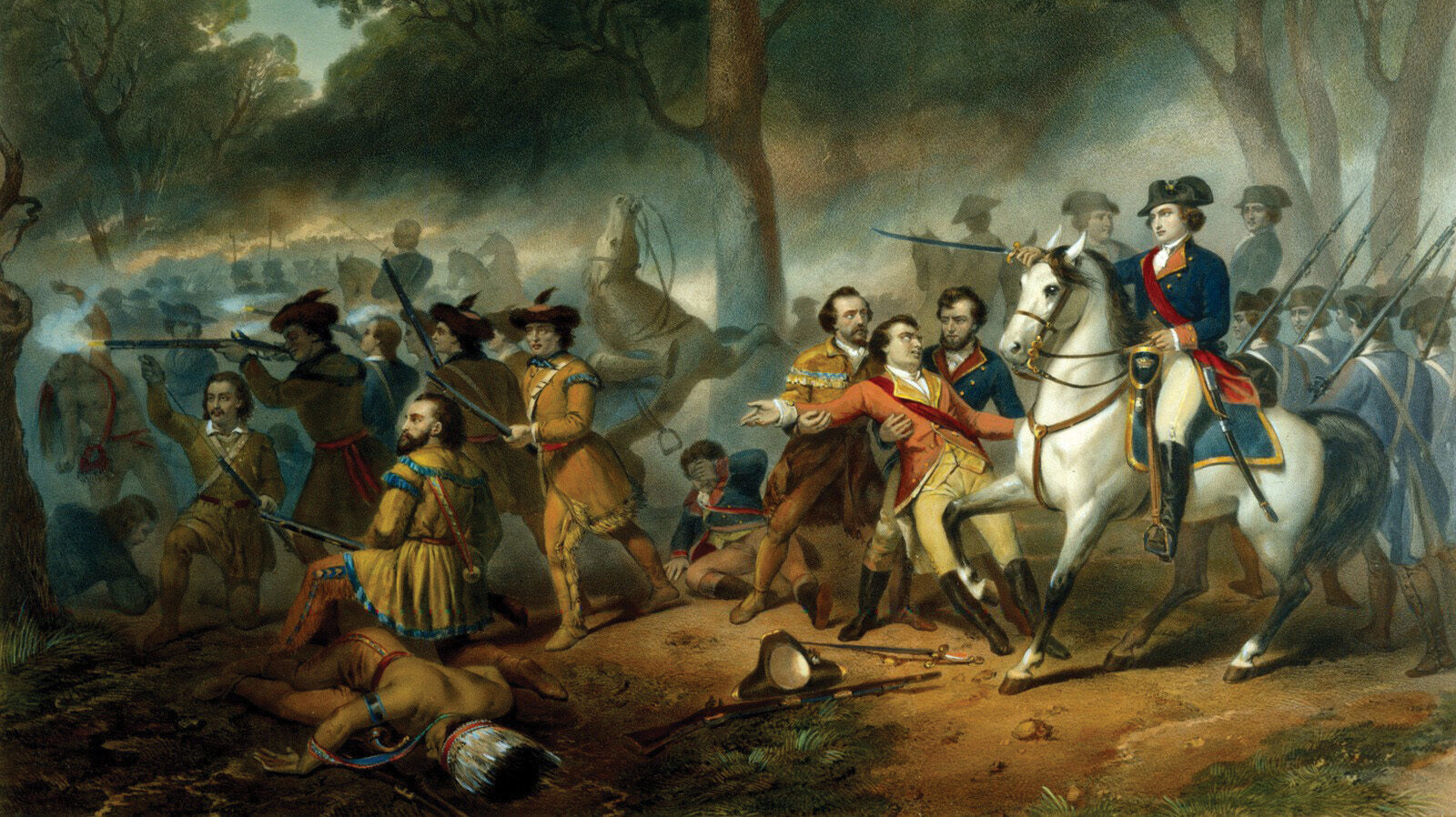
Join The Conversation
Comments
View All Comments